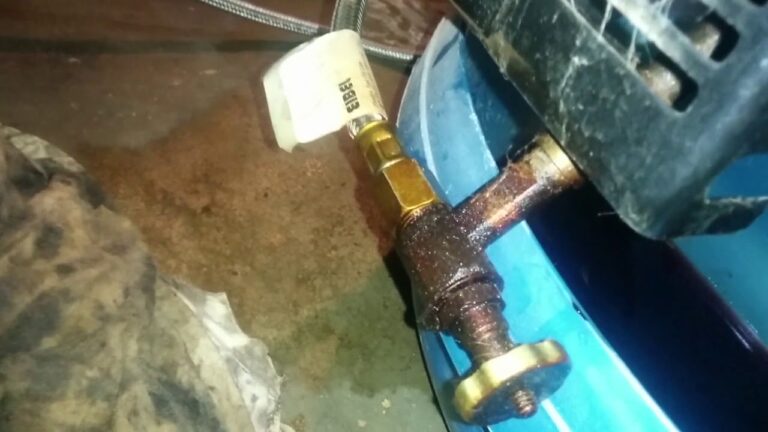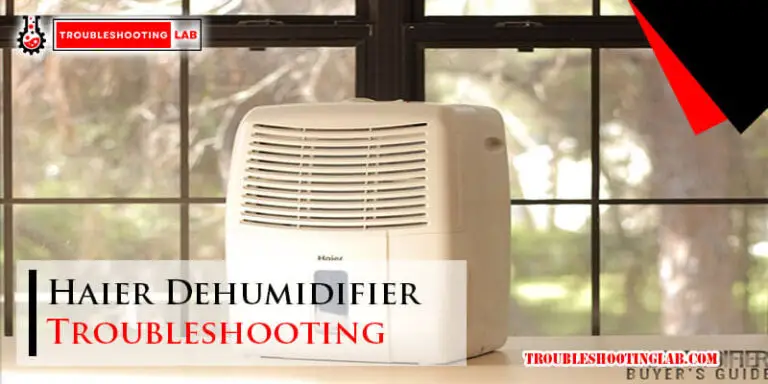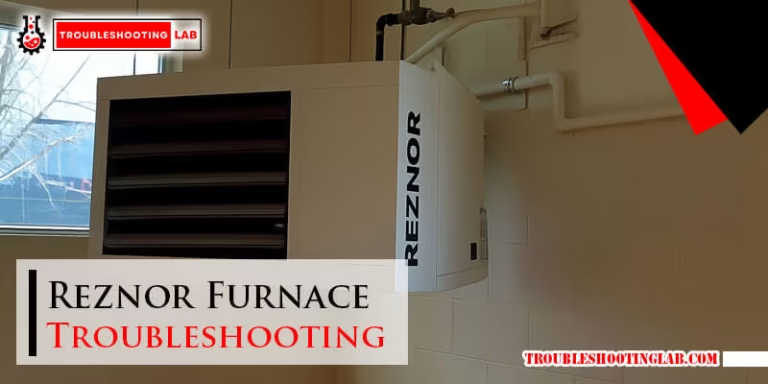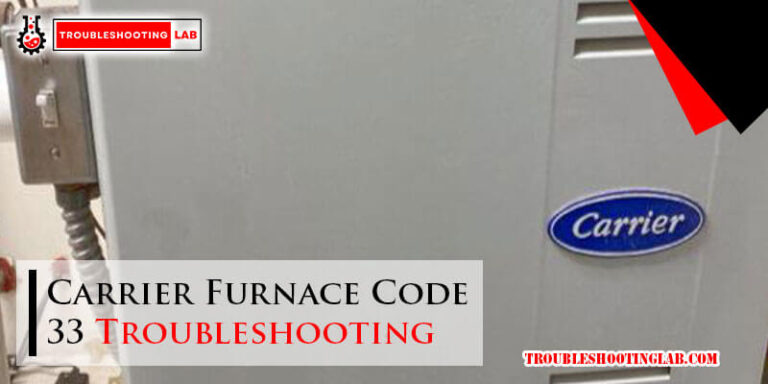Nuheat Thermostat Troubleshooting: Quick Fixes and Tips
Is your Nuheat thermostat giving you trouble? Don’t worry—you’re not alone.
When your heated floors aren’t working as they should, it’s not just frustrating; it can leave you feeling uncomfortable in your own home. The good news? Most Nuheat thermostat issues can be fixed quickly with the right guidance. We’ll walk you through simple troubleshooting steps to get your thermostat back on track.
Whether it’s not turning on, showing error codes, or not heating properly, you’ll find actionable solutions here. Stick around—you’re just a few tips away from restoring the cozy comfort of your heated floors.
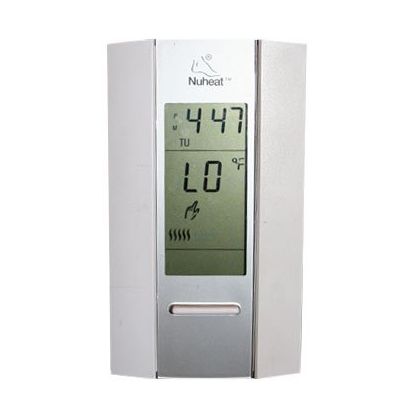
Credit: www.warmyourfloor.com
Common Issues With Nuheat Thermostats
Nuheat thermostats are known for their reliability and efficiency. Yet, like any device, they can experience occasional issues. Understanding these problems can help you fix them quickly. Below, we discuss common issues with Nuheat thermostats and their possible solutions.
1.Thermostat Not Turning OnThis is a common problem users face. First, check the power supply. Ensure the circuit breaker is not tripped. Inspect the wiring connections for loose or damaged wires. If the display remains blank, the thermostat may need replacement.
2.Floor Not Heating ProperlyIf your floor is not warming, check the set temperature. Ensure it is higher than the room temperature. Verify that the heating system is connected properly. A faulty floor sensor can also cause this issue. Replace the sensor if needed.
3.Thermostat Screen FreezingA frozen screen can make the thermostat unresponsive. Restart the device by turning off the power supply. Wait a few minutes before switching it back on. If the issue persists, update the thermostat firmware. Follow the manufacturer’s instructions for the update.
4.Inconsistent Temperature ReadingsTemperature fluctuations are often due to a faulty floor sensor. Ensure the sensor is correctly installed and not damaged. Check for any external factors affecting the sensor, such as drafts or direct sunlight. Replace the sensor if necessary.
5.Thermostat Locked or Password IssuesSometimes, the thermostat may get locked due to password settings. Refer to the user manual for reset instructions. If you forget the password, contact Nuheat’s customer support. They can guide you through the reset process.
6.Error Codes on DisplayNuheat thermostats display error codes for specific issues. Check the manual to understand the code’s meaning. Common codes include issues with the floor sensor or power supply. Address the problem based on the error code details.
Thermostat Not Turning On
Is your Nuheat thermostat not turning on? This issue can cause frustration, especially if your heating system depends on it. There are several potential reasons behind this problem. By troubleshooting step-by-step, you can identify the cause and resolve the issue efficiently.
Checking The Power Source
Ensure the thermostat is properly connected to a power source. Verify if the device is plugged in securely. Look for signs of damage to the power cord, such as fraying or exposed wires. Replace the cord if necessary to restore power.
Check the outlet by plugging in another device to confirm it works. If the outlet doesn’t provide power, it might need repair. Use a voltage tester to ensure the outlet is functioning correctly.
Inspecting The Circuit Breaker
Locate the circuit breaker box in your home. Check if the breaker connected to the thermostat is tripped. A tripped breaker interrupts the power supply, preventing the thermostat from turning on.
If the breaker is tripped, switch it off and back on. This action can reset the circuit and restore power. If the breaker trips repeatedly, consult an electrician to inspect the electrical system.
Testing The Wiring Connections
Inspect the wiring connections behind the thermostat. Loose wires can disrupt the power flow and prevent the thermostat from functioning. Carefully remove the thermostat cover and examine the wires.
Ensure all wires are firmly connected to their terminals. Look for signs of corrosion or damage on the wires. Replace damaged wires and tighten loose connections to restore proper functionality.
Display Screen Problems
The display screen on a Nuheat thermostat is essential for smooth operation. Issues like dim screens or touch unresponsiveness can disrupt your heating system. Understanding common problems helps you fix them quickly and keep your thermostat functional.
Dim Or Blank Screen
A dim or blank screen often indicates a power supply issue. Check if the thermostat is connected to the electrical system. Inspect the circuit breaker to ensure it hasn’t tripped. Loose wiring can also cause the display to go blank. Secure all connections properly to restore the screen. If the problem persists, the thermostat’s internal components might need inspection by a professional.
Unresponsive Touchscreen
An unresponsive touchscreen can occur due to calibration errors. Dirt or grease on the screen may also interfere with touch sensitivity. Clean the screen with a soft, damp cloth to remove any residue. Ensure your hands are dry and free of debris when using the thermostat. If the issue continues, a software glitch might be the cause. Consider resetting the thermostat to fix this.
Resetting The Thermostat
Resetting the thermostat can resolve many display-related problems. To perform a reset, locate the reset button or follow the user manual instructions. A soft reset keeps your settings intact, while a hard reset erases them. Choose the reset type based on the severity of the issue. After resetting, reconfigure the thermostat for optimal performance.
Heating System Not Responding
It’s frustrating when your Nuheat thermostat isn’t responding, especially on a chilly morning when all you want is a warm floor under your feet. This issue can stem from a variety of causes, but the good news is that most of them can be resolved with a little troubleshooting. Let’s walk through some practical steps to get your heating system back on track.
Verifying Floor Sensor Functionality
The floor sensor is a critical component that ensures your heating system knows when to turn on or off. If it’s malfunctioning, your thermostat might not engage the heating cables.
- Check if the floor sensor is properly installed. It should be placed centrally between the heating cables, not touching them.
- Use a multimeter to test the sensor’s resistance. Refer to the installation manual for the expected resistance range. If it’s outside the range, the sensor may need replacement.
- Inspect the wiring connections at the back of the thermostat. Loose or damaged wires can disrupt the sensor’s communication.
Does the sensor look fine but the system still won’t work? Move on to the next step.
Ensuring Proper Temperature Settings
Sometimes, the issue lies in something as simple as the temperature settings. Double-check if the thermostat is set to the desired temperature and operating mode.
- Ensure the thermostat is not in “off” or “away” mode. These settings might override the heating function.
- Review the schedule settings. If the thermostat is set to a lower temperature during certain hours, it might not activate the heating.
- Manually increase the temperature a few degrees above the current room temperature. Does the heating system respond?
Adjusting these settings might solve the problem. If not, it’s time to dig deeper.
Checking Heating Cable Connections
The heating cables are the backbone of your Nuheat system. Any issue here can prevent your floor from warming up.
- Turn off the power to the thermostat before inspecting the connections. Safety first!
- Remove the thermostat from the wall and check the connections for the heating cables. Look for loose wires or signs of damage.
- If you have access to a continuity tester, use it to check if the heating cable circuit is complete. A broken circuit means the cable may need repair or replacement.
Still no luck? At this point, it may be time to call in a professional electrician or reach out to Nuheat’s support team.
Addressing these areas step by step can save you time, money, and frustration. Have you successfully resolved your issue? Share your experience in the comments below to help others troubleshoot effectively!
Incorrect Temperature Readings
Are you noticing inaccurate temperature readings on your Nuheat thermostat? A misreading can make your heated floor uncomfortable or inefficient. The good news is, you can fix this yourself in most cases. Let’s dive into practical solutions to troubleshoot incorrect temperature readings.
Calibrating The Thermostat
Sometimes, your thermostat just needs a quick calibration. This process aligns the displayed temperature with the actual temperature of your floor.
- Start by accessing the settings menu on your Nuheat thermostat.
- Look for the calibration option (often listed under “Advanced Settings”).
- Adjust the temperature reading by comparing it with a reliable thermometer placed on the floor.
Does the reading still seem off after calibration? It might indicate a deeper issue, which we’ll cover next.
Replacing The Floor Sensor
If calibration doesn’t resolve the issue, the floor sensor could be faulty. This sensor detects and sends the actual temperature to your thermostat.
To replace it:
- Turn off power to the thermostat at the breaker for safety.
- Remove the thermostat cover and disconnect the sensor wires.
- Install a new sensor following the manufacturer’s instructions.
Keep in mind that the replacement sensor must be compatible with your Nuheat thermostat model.
Avoiding External Interference
External factors like sunlight, drafts, or nearby heat sources can trick your thermostat into showing incorrect readings. Consider this scenario: is your thermostat installed near a window or a heating vent?
To minimize interference:
- Ensure the thermostat isn’t exposed to direct sunlight.
- Check for any nearby appliances that emit heat.
- Seal drafts from doors or windows close to the thermostat.
Relocating the thermostat might be necessary if external interference continues to be an issue.
Temperature issues can be frustrating, but each of these solutions is straightforward and actionable. Which of these steps are you trying first? Let us know in the comments below!

Credit: www.nuheat.com
Reset And Reprogram Options
Resetting and reprogramming your Nuheat thermostat can feel like a daunting task, but it’s easier than you think. Whether you’re dealing with a glitch or simply updating settings, understanding the reset options can save you time and hassle. Let’s break it down step by step so you can get your thermostat back on track and working perfectly for your daily needs.
Performing A Soft Reset
A soft reset is your go-to solution for small issues like an unresponsive screen or minor glitches. It’s quick and doesn’t erase your saved settings. Here’s how you can do it:
- Press and hold the power button for about 5 seconds until the screen goes dark.
- Release the button and wait for the thermostat to reboot.
- Once it restarts, check if the issue is resolved.
Think of this as a quick refresh for your thermostat. It’s perfect if you’re in the middle of winter and just need things up and running fast. Have you tried this already?
Factory Reset Steps
If the soft reset doesn’t work or you want to start from scratch, a factory reset is your next option. Keep in mind, this will erase all custom settings, so you’ll need to reprogram everything afterward.
Follow these steps to perform a factory reset:
- Navigate to the main menu on your thermostat screen.
- Select Settings, then choose Factory Reset.
- Confirm your selection and wait for the device to reset itself.
After the reset, your thermostat will return to its default settings. This is helpful if you’re troubleshooting recurring issues or preparing to sell your home. Are you ready to set it up again?
Reprogramming For Daily Use
Once your thermostat is reset, it’s time to reprogram it for your daily heating needs. This process ensures your home stays warm when you need it and saves energy when you don’t. Start by setting up a schedule:
- Go to the Schedulesection in the menu.
- Set your desired temperatures for morning, daytime, evening, and nighttime.
- Adjust the schedule for weekdays and weekends based on your routine.
For example, you might set a cozy 72°F for mornings and evenings, and a cooler 65°F during the day when no one is home. Small adjustments like these can lower energy bills while keeping your home comfortable.
What’s your ideal schedule? Experiment with different settings to find what works best for you and your family.
Resetting and reprogramming doesn’t have to be stressful. With these steps, you’ll have your Nuheat thermostat running smoothly in no time. Why not give it a try today and regain control over your home’s heating?
Wi-fi Connectivity Issues
Experiencing Wi-Fi issues with your Nuheat thermostat can disrupt its functionality. A stable connection is crucial for remote access and seamless operation. This section focuses on resolving common connectivity problems. Follow these steps to ensure uninterrupted Wi-Fi performance.
Ensuring Stable Network Signal
A weak Wi-Fi signal can prevent the thermostat from connecting properly. Place your thermostat closer to the router if possible. Make sure there are no physical obstructions like walls or furniture blocking the signal. Check your router settings and verify the connection is active. Use a reliable network with a consistent signal strength.
Updating Firmware
Outdated firmware can cause connectivity problems with your Nuheat thermostat. Check the thermostat’s settings menu for firmware updates. Download and install any available updates to enhance compatibility. Updated firmware improves performance and resolves connectivity bugs.
Reconnecting To Wi-fi
If the connection drops, reconnecting to Wi-Fi may solve the issue. Go to the thermostat’s Wi-Fi settings and disconnect from the current network. Select your network again and input the password correctly. Ensure your router is functioning properly during the process.
Preventive Maintenance Tips
Nuheat thermostats are designed to offer reliable and efficient heating. Regular maintenance ensures consistent performance and reduces the risk of unexpected issues. Following preventive measures helps extend the lifespan of your system.
Regular System Checks
Inspect your thermostat and heating system monthly. Look for any unusual signs like flickering displays or inconsistent heating. Verify the thermostat settings align with your preferred temperature. This ensures early detection of issues before they escalate.
Keeping Thermostat Firmware Updated
Outdated firmware can cause operational glitches or reduce efficiency. Check the manufacturer’s website for updates regularly. Follow the instructions to install updates carefully. Updated firmware improves performance and ensures compatibility with newer features.
Inspecting Heating Cables Annually
Heating cables play a crucial role in maintaining optimal warmth. Inspect them once a year for visible damage, wear, or disconnection. Gently clean the cables if dust accumulates. Damaged cables should be replaced immediately to prevent further problems.
When To Call A Professional
Nuheat thermostats are reliable, but issues can sometimes arise. Minor problems are often resolved with basic troubleshooting. In some cases, though, professional help is necessary. Knowing when to call an expert can save time and prevent damage. Below are signs that indicate professional assistance is needed.
Signs Of Serious Electrical Issues
Burning smells or unusual sounds from the thermostat are warning signs. These could indicate wiring problems or overheating. If the display flickers or goes blank unexpectedly, the issue may be electrical. Attempting to fix such issues alone can be unsafe. A licensed electrician can inspect and resolve the problem correctly.
Repeated System Failures
Frequent errors or shutdowns suggest an underlying problem. Resetting the thermostat multiple times without success is a red flag. This may point to faulty hardware or compatibility issues. Professional technicians can diagnose and fix these recurring problems effectively.
Warranty And Support Assistance
Most Nuheat thermostats come with warranty coverage. Unauthorized repairs can void this warranty. If the thermostat is under warranty, contacting a professional is a safer choice. They can ensure repairs follow manufacturer guidelines. This protects both your system and the warranty coverage.
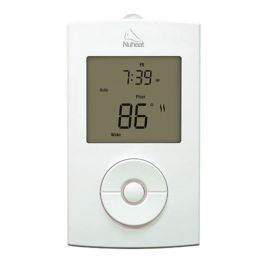
Credit: www.warmyourfloor.com
Conclusion
Troubleshooting your Nuheat thermostat doesn’t have to be complicated. Start with simple checks like power and settings. Review error codes to identify possible issues. If problems persist, consult the manual or contact support. Regular maintenance can prevent many common issues.
Keep your thermostat updated for better performance. A little effort ensures your system works efficiently. Stay proactive and address small problems early. This approach saves time and avoids bigger headaches later. With these steps, your Nuheat thermostat can operate smoothly year-round.


